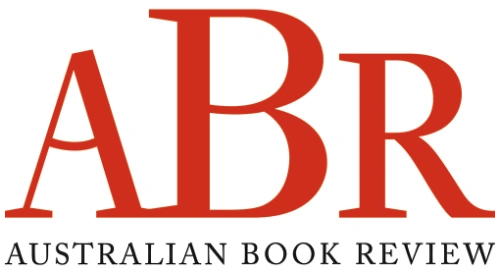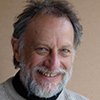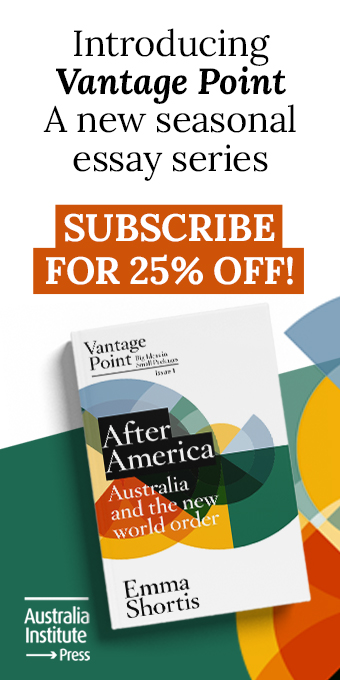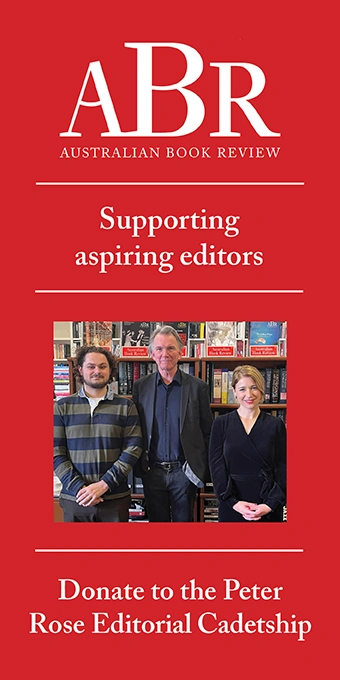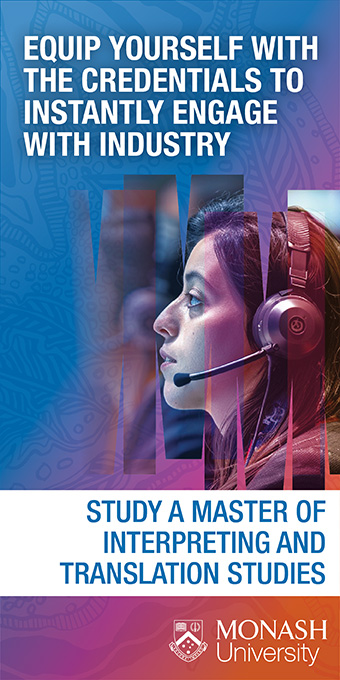Ian Gibbins
Ian Gibbins is a poet, electronic musician, and video artist, having been a neuroscientist for more than thirty years and Professor of Anatomy for twenty of them. His poetry covers diverse styles and media, including electronic music, video, performance, art exhibitions, and public installations, and has been widely published in print and online, along with three books: Urban Biology (2012); The Microscope Project: How things work (2014) and Floribunda (2015), the last two in collaboration with visual artists. He also has a key role in organising the Adelaide Festival of Ideas.
communication / community / commune / communion / common : mingle together as one
Let us begin with two remarkable observations:
1. Apes cannot speak
2. Apes cannot play a piano
Why should this be the case? After all, great apes such as chimpanzees and gorillas are our closest living relatives, and share most of our genetic heritage. They have well-formed hands that they can use to manipul ... (read more)
All living organisms are made of cells. Some, like bacteria, consist of just single cells; others, like humans, contain trillions of individual cells. The term ‘cell’ was first used in this context by the remarkable Robert Hooke in his beautifully illustrated masterpiece Micrographica: or some Physiological Descriptions of Minute Bodies made by Magnifying Glasses with Observations and Inquirie ... (read more)
On 17 July 1990, President George Bush Snr declared the 1990s as the ‘Decade of the Brain’, with the primary aim ‘to enhance public awareness of the benefits to be derived from brain research’. These benefits included better understanding of conditions such as Alzheimer’s disease, stroke and psychiatric disorders. In addition, remarkable advances occurred in functional brain imaging. Thi ... (read more)
What would it be like to possess two brains, each with its own view of the world and each with its own personality? Which one would be in control? Which one would be ‘you’? Of course, none of us literally has two brains. Yet we have two cerebral hemispheres, a right and a left, that in many important respects are duplicates of each other. Normally, the right and left hemispheres communicate ex ... (read more)
Exactly one hundred years before this new edition of The Evolution Revolution, by Australian palaeontologists Ken McNamara and John Long, the Rationalist Press Association promoted the first English version of The Evolution of Man (1907), by the great German biologist Ernst Haeckel. In his preface, Haeckel’s translator, Joseph McCabe, pointed out that, since the first German printing in 1874, on ... (read more)
In 1994, I stood at the foot of the mighty Athabasca Glacier in the heart of the Canadian Rocky Mountains. At places more than 300 metres thick, the ice was treacherous, riven by great fissures and studded with rocky debris carried down from the Columbia Icefield, seven kilometres away. We had parked our car outside the chalet, a kilometre or so behind us, and traversed the moraine stretching acro ... (read more)
1 prefaceI could, if you prefer, create a listlike a birdwatcher, concealedin a reedy hide, with binoculars,field guide and record book, a mnemonicof migration lines, our lines of sight,a cladogram of our evolving past.
2.1 comb jellies (Ctenophora)Our nerve netpulsinginvisibleour eightfoldmetachronic prismsripple through the rain of light.
2.2 spotted eagle rays (Myliobatridae)If we had feet, w ... (read more)
Regardless of debates over Australian cultural identity, the flag and a potential republic, the ‘Green and Gold’ colours of our national sporting teams are recognised worldwide. The Golden Wattle (Acacia pycnantha), from which these colours are derived, was first proposed as a national flower in the 1880s during the prelude to Federation. However, it was not until the 1988 Bicentenary Celebrat ... (read more)
Most scientists are writers. Notwithstanding the distortions induced by the ‘publish or perish’ imperative of funding agencies and academic appointment committees, the publication of original research is fundamental to the scientific process. Depending on the field, a successful scientist may write a hundred or more publications over his or her career. In terms of sheer numbers of words, this ... (read more)
